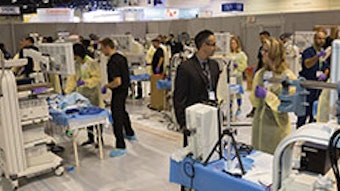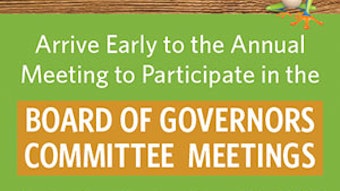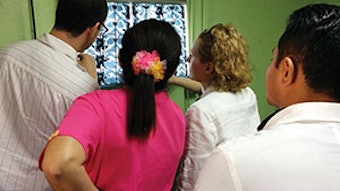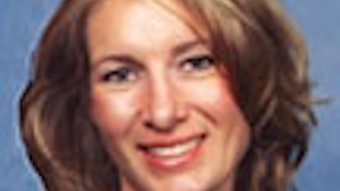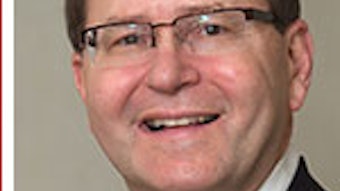Gender bias affects all of us
I have been invited on a couple of recent occasions to speak on “women in otolaryngology.” The talks raised some interesting conversations, and it occurred to me that I have not touched on this issue in prior columns. I have nearly reached the end of my term, so here goes.
By Gayle E. Woodson, MD, AAO-HNS/F President
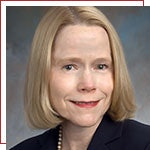 Gayle E. Woodson, MD, AAO-HNS/F President
Gayle E. Woodson, MD, AAO-HNS/F PresidentI have been invited on a couple of recent occasions to speak on “women in otolaryngology.” The talks raised some interesting conversations, and it occurred to me that I have not touched on this issue in prior columns. I have nearly reached the end of my term, so here goes.
I was very happy to be elected as your president, particularly since there had not been another woman president of the Academy, since the first one, M. Jennifer Derebery, MD. And then, the year after my election, you chose another woman, Sujana S. Chandrasekhar, MD, to be my successor. So, it looks like we have no more gender issues, in our field, right?
Actually, not. I don’t want to sound whiney or ungrateful, but the playing field is not yet level. Jonas T. Johnson, MD, published an excellent review in 2014, reporting that male physicians earn $60,000 more per year and that the proportional representation of women in upper ranks has remained unchanged for more than 35 years. Otolaryngology is not alone among specialties with regard to gender bias, although we rank near the bottom in terms of the percentage of department chairs held by women. A recent study found that 23 percent of the men, but only 5 percent of women appointed as assistant professors reached the rank of full professor within a decade.
Women usually assume more responsibility in the home and this, undoubtedly, contributes to the lower rate of publication by women in earlier years of their careers and lower pay. But even after controlling for hours worked, women earn less.
I personally don’t believe that the problem is a “glass ceiling,” nor do I believe in any conspiracy of males to repress females in our specialty. In my own career, all of my mentors have been men, and I have been very fortunate to have their guidance and support. But it is true that the pathway is still steeper for women than men. According to Charlotte Whitton, the first female mayor of a major Canadian city, “Whatever women must do they must do twice as well as men to be thought half as good,” and there is good evidence that this is true.
Let’s consider the five women who currently chair otolaryngology programs in the United States. I will throw in myself, as a recently retired chair, to increase the sample size to six women. A 2013 survey of otolaryngology chairs in the U.S. found that eight of 95 had active NIH funding. This is interesting because three of six women have current NIH funding and two were funded in the very recent past.
A major issue is unconscious bias. Randomized trials have documented that credentials with a masculine name are consistently rated significantly higher than those with a feminine name. This is true whether the reviewer is a male or a female. I challenge you to go online to www.implicit.harvard.edu to test your own gender bias. I have taken the test myself, and I learned that I have “a strong association of Male with Career and Female with Family compared to Female with Career and Male with Family.”
The issue of unconscious gender bias is not just a “women’s issue.” Like ethnic and racial bias, it affects all of us. Beyond the issue of fairness to individuals, our society loses when talents and enthusiasm of people do not come to fruition. So what can be done? In his book Blink Malcolm Gladwell cites the experience of a black man who was frustrated that his “bias test” always indicated he was pro-white. Then, one day, his result on the test flipped. Why? He had watched Olympic track and field events the day before! Unconscious bias is our response to what society and culture feed us.
We have definitely come a long way from the ’70s when women were first admitted to medical school in significant numbers, and I am confident that progress will continue, but it would be nice to accelerate things. It has been said that “nothing succeeds like success.” The most effective antidote to unconscious bias is exposure to positive images. In order to achieve diversity, we must celebrate diversity. And any selection process should always involve a conscious effort to include female and minority as well as all qualified candidates in consideration.


